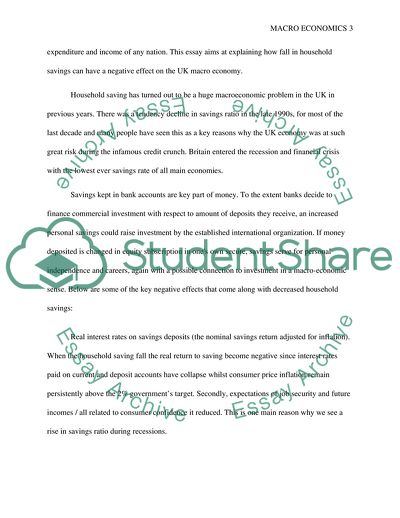Cite this document
(Macro economics Essay Example | Topics and Well Written Essays - 2750 words, n.d.)
Macro economics Essay Example | Topics and Well Written Essays - 2750 words. https://studentshare.org/macro-microeconomics/1881461-macro-economics
Macro economics Essay Example | Topics and Well Written Essays - 2750 words. https://studentshare.org/macro-microeconomics/1881461-macro-economics
(Macro Economics Essay Example | Topics and Well Written Essays - 2750 Words)
Macro Economics Essay Example | Topics and Well Written Essays - 2750 Words. https://studentshare.org/macro-microeconomics/1881461-macro-economics.
Macro Economics Essay Example | Topics and Well Written Essays - 2750 Words. https://studentshare.org/macro-microeconomics/1881461-macro-economics.
“Macro Economics Essay Example | Topics and Well Written Essays - 2750 Words”. https://studentshare.org/macro-microeconomics/1881461-macro-economics.


